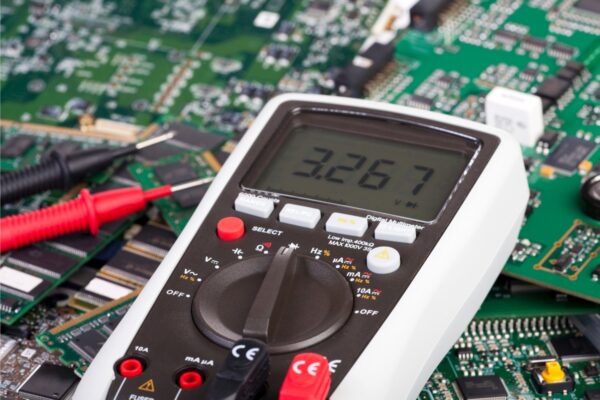What is Bridged Joint
A bridged joint is an unintended connection that occurs when two points on a circuit board, which are not designed to be electrically connected, are inadvertently joined by solder over the top of the PCB solder mask. This connection forms a solder bridge, creating an electrical short between the two points. Solder bridges are considered defects in the soldering process and can cause various issues depending on the intended function of the connected points.
A solder bridge typically occurs due to an excessive amount of solder or when the solder spreads beyond the intended area, causing the component pads to connect. These bridges can lead to electrical shorts, disrupting the proper functioning of the PCB. Detecting and addressing solder bridges can be challenging, as they can be microscopic in size. However, even the smallest solder bridge can have significant consequences, making it crucial to identify and rectify them.
In PCB manufacturing, soldering is a fundamental process that involves joining small components on the surface of the circuit board to establish electrical connections. While soldering is a straightforward process, mistakes like solder bridges can occur, necessitating careful attention to detail. Repairing a solder bridge on a PCB is possible, but it is generally preferable to prevent them from happening in the first place.





